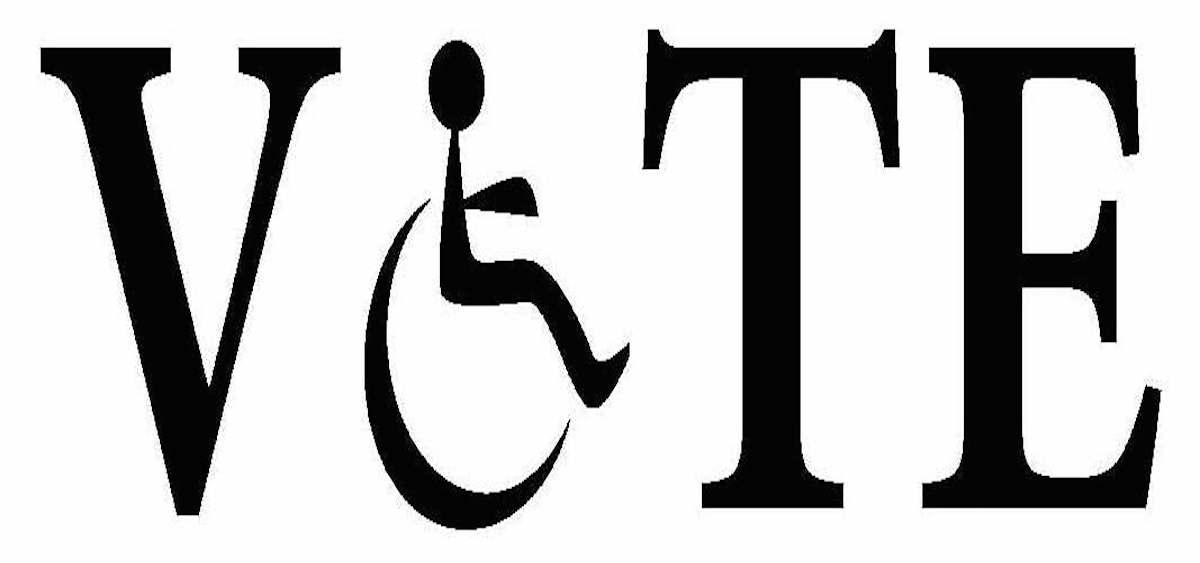Communiqué

Voting Options for Persons Living with Disabilities
By: Dr. Carolyn Lewis
Posted on:
One of the privileges I anticipated upon becoming an adult in the ‘70s was that of voting. I knew the struggles of my ancestors and looked forward to stepping into the voting booth to make my voice heard. I was able to step into the booth for over 20 years until a benign spinal cord tumor in 1995 created some paralysis and limited my mobility. Instead of walking into the booth, I now had to roll into the booth.
In the late mid ‘90s, when I moved to Athens, I went to my designated precinct and, to my dismay, could not enter using my wheel chair. The door to the building was not wide enough and there were several wooden obstacles in the narrow entrance over which you had to walk or roll. In addition, the parking lot was not paved. It was gravel! Try rolling over gravel in a wheel chair. Voting for many years in Ohio was simply not easy, especially if you wanted to have independence and do it on your own.
The tide has turned. During the months leading up the 2008 Presidential election, a representative from the Ohio Secretary of State’s Office, who uses a wheel chair, visited every precinct in the state and tested each polling location for accessibility. Because of his first-person evaluation, voting at a precinct is possible for every person living with a disability in the State of Ohio. His office closed voting places that were not accessible and made new ones available to adhere to the Americans with Disabilities Act (ADA), and to make the the voting experience a good one. There are some locations, however, that are exempt from accessibility requirements. In those few cases, curbside voting is provided.
An eligible voter with any kind of disability will have easy access and assistance, if needed, to help with the voting process. The Ohio Secretary of State’s Office, provides answers to some frequently asked questions.
|
State of Ohio ADA Coordinator
614-466-2655; TTY 614-466-0562

